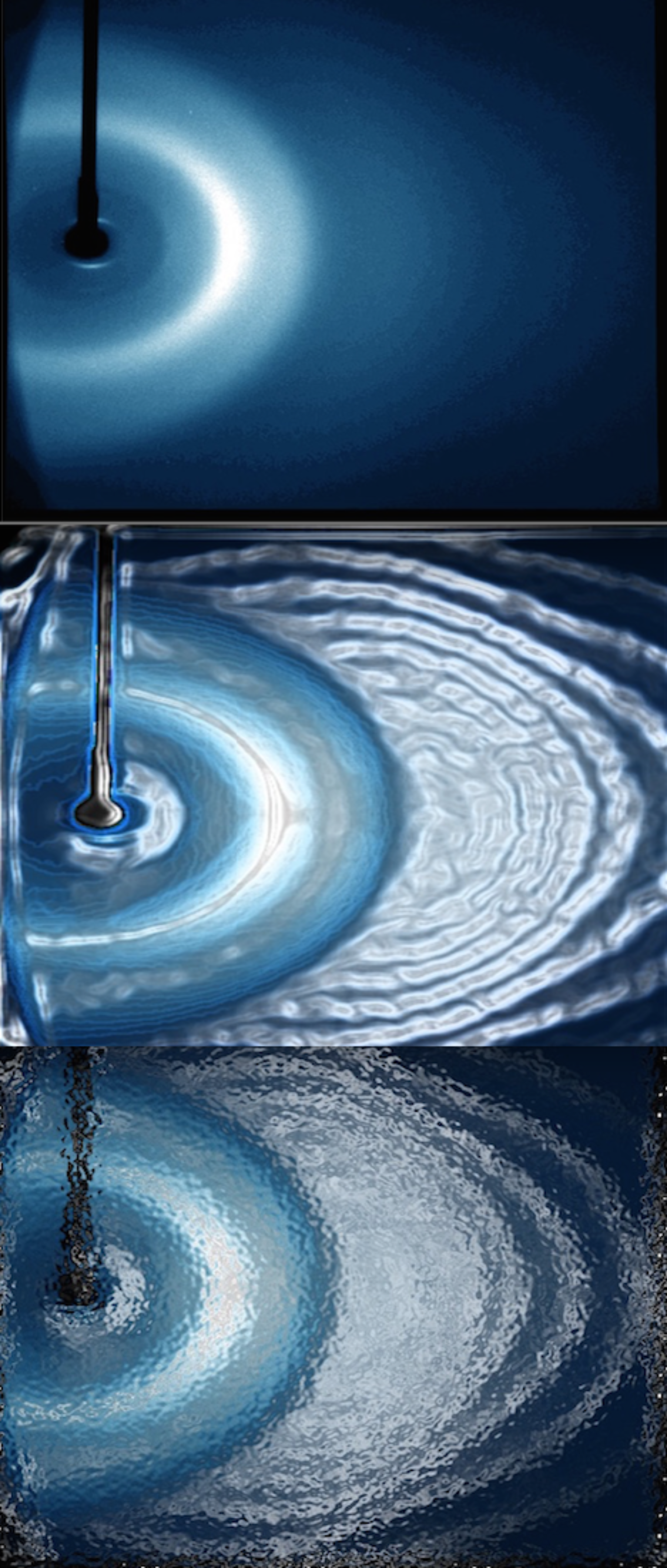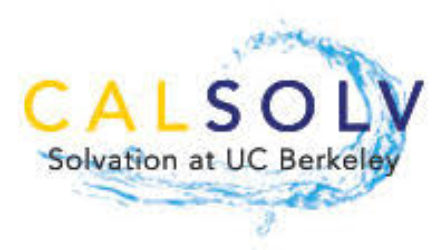Great joy in the Ruhr region: The Cluster of Excellence in solvation science has once again succeeded in the competition! The Ruhr-Universität Bochum (RUB) and the TU Dortmund University have been successful in Germany’s Excellence Strategy: starting from 2019, the new Ruhr Explores Solvation (Resolv) Cluster of Excellence, hosted at both RUB and TU Dortmund University, will receive funding for seven years.
In Resolv – Understanding and Design of Solvent-Controlled Processes –, scientists investigate the role of solvents. Experts from RUB and TU Dortmund University have already been successfully cooperating with scientists from the University of Duisburg-Essen and other non-university partners during the first funding phase of Resolv. The German Research Foundation (DFG) supported the Resolv Cluster of Excellence at RUB from 2012 to 2018. Resolv has since developed a dense network in solvation research– both within the region and internationally, including with CalSOLV at UC Berkeley!
“We are delighted to be funded again and to be able to tackle the future challenges of solvation science”, says Professor Martina Havenith, speaker of Resolv. “We will now explore chemical processes beyond ambient conditions, beyond thermal equilibrium and beyond homogeneous bulk phase to advance the development of important technological applications, such as energy conversion and storage, or the development of smart sensors.”

